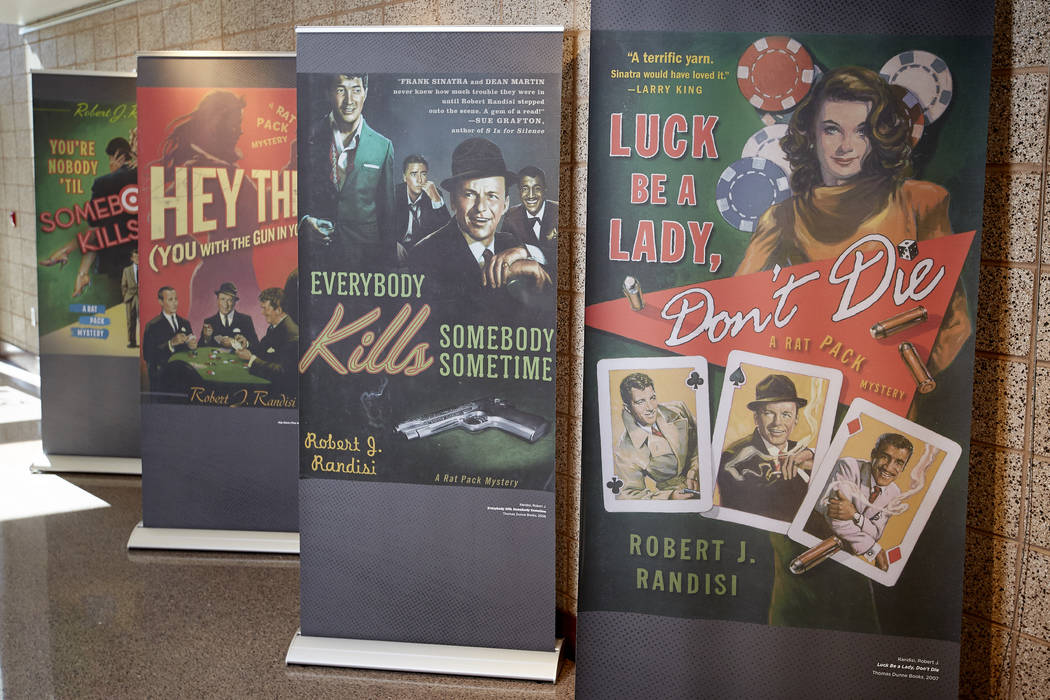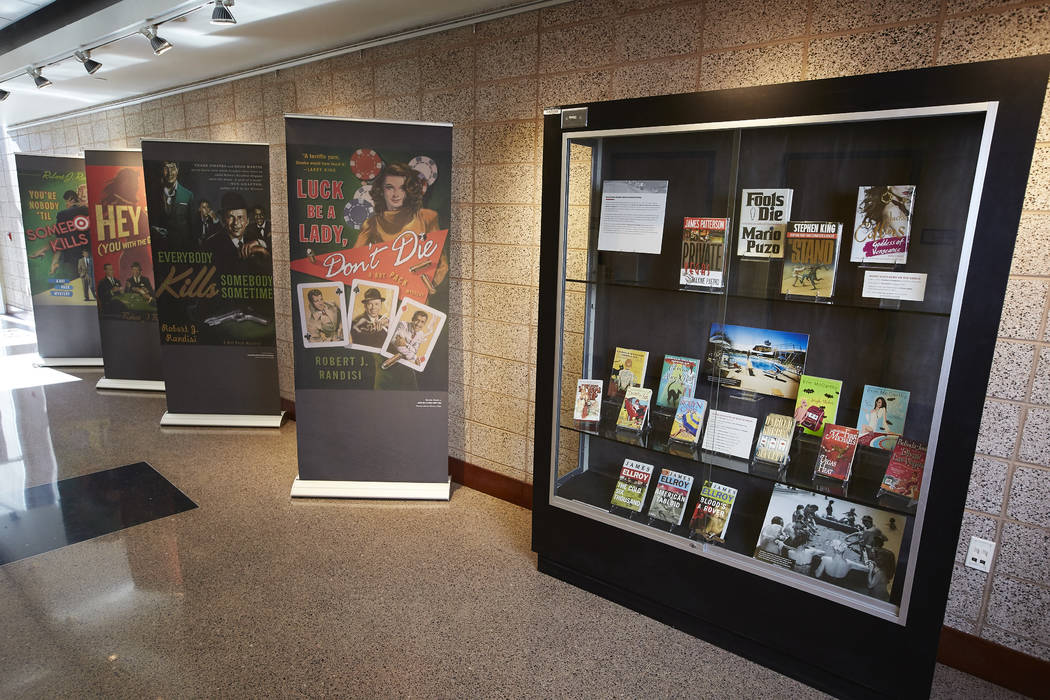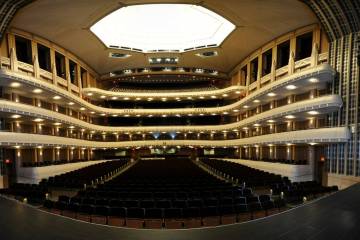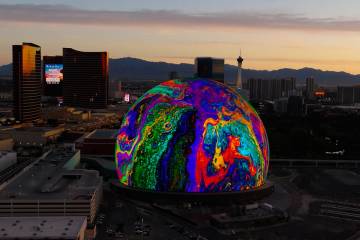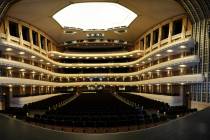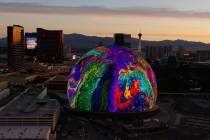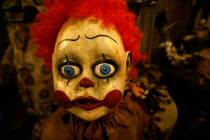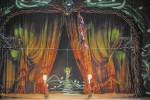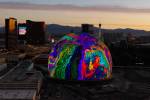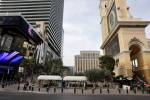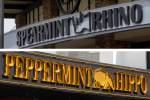UNLV exhibit explores how Las Vegas is portrayed in fiction
Neon signs lighting up the night as bright as day. The heat. Dust accumulating in the corners of half-finished swimming pools in abandoned developments at the edge of the city.
These are just a few snapshots of Las Vegas imagery that authors have turned to prose.
“Writers Imagine Las Vegas: Our City in Fiction,” on display at UNLV’s Lied Library through June, showcases the various ways authors have used the city as a backdrop for their characters’ lives. In Pulitzer Prize winners, serial mysteries, anthologies and more, the city has inspired authors since the early days of the Strip.
“I think the Strip shows up in every book whether it’s local or non-local,” humanities librarian and exhibit curator Priscilla Finley says. “I think everybody likes the temptation of starting with the Strip and then going behind the Strip. The whole pleasure of reading the books is the behind-the-scenes aspect.”
Finley organized the books by theme — a case for boxing stories, a case for novels about performers, a case for crime novels and two for coming-of-age stories. The featured works, about 75 in total, are by authors from Las Vegas and beyond and pulled from UNLV’s Special Collections. The only real qualification for being included is that a significant portion of the book be set in Las Vegas.
One book you won’t find among the display cases is one that you might expect to see in such an exhibit: Hunter S. Thompson’s “Fear and Loathing in Las Vegas.” That’s because it’s not truly fiction, Finley says.
Las Vegas has made an appealing setting because it’s rife with potential metaphors — chance, loss, greed, sin — and evocative imagery — poker chips, the scent of sharp cigarette smoke, the feathers of a showgirl’s costume. The desert itself is nearly anthropomorphized, taking on a presence of its own.
Vu Tran, who earned his doctorate in English and creative writing at UNLV and is a former professor in the English department, set his 2015 novel, “Dragonfish,” in Las Vegas. He didn’t set out to write a novel about the city. He was asked to contribute a short story about Chinatown to the anthology “Las Vegas Noir.” Only after did he decide to expand it into a full-length work.
Though “Dragonfish” is featured among the crime novels in the exhibit, as he was writing it, it became more about the immigrant and refugee experience, for which Las Vegas provided an appropriate setting.
“I wanted to kind of incorporate things that were inevitably Las Vegas, like gambling, like that element of crime that people associate with the city,” Tran says. “But I wanted it to be about more than that. I wanted to exploit some of the unexpected things that I had experienced in the city, one of them being the sense that it was a place that people could come to renew themselves, or escape.”
While stereotypes — some truer than others — abound in fiction about Las Vegas, the writing often probes deeper questions about the city: What is it like to grow up in Las Vegas? What’s behind the facade of the Strip?
“Those stereotypes are grounded in a real place, in things that are actually true,” Tran says. “But you go a little deeper and you realize that Vegas is like a lot of other cities and people just are trying to live their lives and resolve their dilemmas, their personal dilemmas. It’s just a flashier place is all.”
Contact Sarah Corsa at scorsa@reviewjournal.com or 702-383-0353. Follow @sarahcorsa on Twitter.
If You Go
What: "Writers Imagine Las Vegas: Our City in Fiction"
Where: UNLV's Lied Library, first floor
When: Through June
Cost: Free



